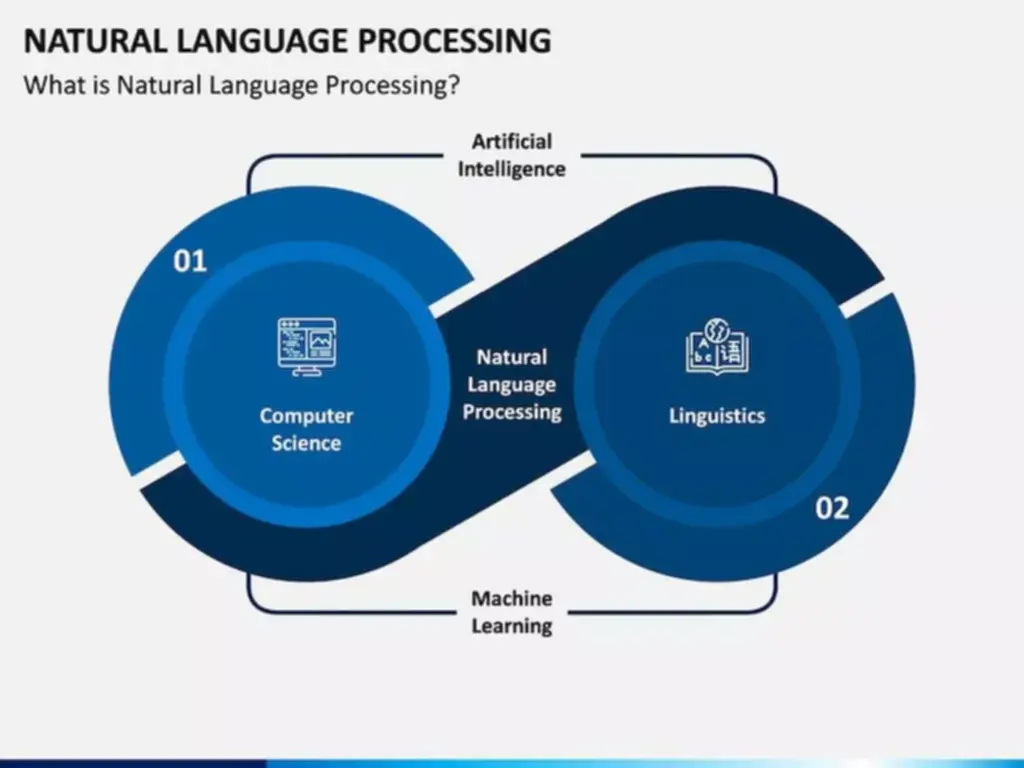Operational Acceptance Testing Oat Example
Did we prepare our individuals well upfront to make sure our systems work? While all these questions seem operational acceptance testing fairly easy to answer, they are evidently not. We need to maintain observe of those points earlier than we make our systems live. To enhance OAT constantly, you should acquire and analyze the suggestions, lessons realized, and greatest practices from the testing.

Disadvantages Of Operational Testing
The testing group is the primary team performing operational checks as they’re a half of the complete course of. The execution and implementation of check scripts and working with test https://www.globalcloudteam.com/ data help them to execute operational check cases in a significantly better and seamless way. You can even see different groups, similar to customer support and implementation, helping take a look at groups validate different eventualities. Operational Acceptance Testing (OAT) is a sort of User Acceptance Testing (UAT) that focuses on verifying the readiness of the system for deployment and operation in the real setting. OAT ensures that the system meets the non-functional necessities corresponding to efficiency, reliability, security, and maintainability. OAT is also called Operational Readiness Testing (ORT) or Production Acceptance Testing (PAT).
- Alpha Testing normally takes place in the improvement setting and is normally accomplished by an inner testing group or workers.
- This approach contributes to the profitable deployment and ongoing performance of software program systems, supporting enterprise aims and consumer wants effectively.
- A QA group conducts acceptance checks to make sure the software program or app matches enterprise requirements and end-user needs.
- This could embody user inputs, database records, or any other data required for testing the product.
- This, in flip, ensures that there are not any surprising surprises when the system goes stay.
- Regarding cellular apps, operational tests turn into essential in evaluating the app’s total efficiency in the long run.
Challenge: Undefined Non-functional Requirements Can Lead To A Scarcity Of Readability

Continuous quality clouds like LambdaTest might help you test websites and mobile apps on a web-based gadget farm of 3000+ real browsers, gadgets, and platform mixtures. In the year 2007, Microsoft launched its new operating system Windows Vista. With heavy investments being made, Microsoft anticipated it to be a best choice amongst its distinguished set of customers. But it was not the case as there were plenty of issues associated to its overall efficiency and compatibility.
What Are The Kinds Of Operational Acceptance Testing?

This article delves deep into the idea, its implications, and its application in the area of product management and operations. It gauges performance, efficiency, stability, and alignment with operational benchmarks. Operational Acceptance Testing (OAT) is a pivotal phase in the software growth lifecycle. UAT happens before the software program is released to users, while Production Testing takes place in the reside production environment after release.
Degree Up Your Testing Sport With Usersnap’s Widget Templates Start Now!
The key deliverables of this phase embrace the OAT defects summary and OAT check completion report. Understanding the distinctions between UAT and these varied testing varieties is essential for efficient software program quality assurance and guaranteeing that the software program meets each user expectations and enterprise requirements. System Integration Testing (SIT) is a vital part in software testing that focuses on verifying the proper interaction and integration of various system elements.

What Are Advantages Of Operational Testing?
Now you’re probably wondering about the differences between User Acceptance Testing and practical testing. During Black Box Tests the user isn’t aware of any code base, but solely about the necessities which the software program should meet. These criteria are established throughout contract negotiations, guaranteeing that the software program aligns with the client’s expectations and contractual obligations. User Acceptance Testing is the process of verifying that a created solution/software works for ‘the user’.
What Are The Steps To Execute Operational Acceptance Testing?
Irshad Ahamed is an optimistic and versatile software program professional and a technical author who brings to the desk around four years of strong working expertise in varied companies. Deliver excellence at work and implement experience and abilities appropriately required whenever. Adaptive in the direction of changing expertise and upgrading needed skills wanted within the occupation. The following checklist will assist you to effectively run operational checks.
Preparing the take a look at data entails gathering the data that might be used through the take a look at. This might embody user inputs, database data, or another knowledge required for testing the product. Setting up the take a look at environment includes configuring the system or the product to be examined, and guaranteeing that each one the required hardware and software program are in place.

As builders and testers embark on the OAT journey, adherence to those steps ensures that software program products are functional but additionally strong, resilient, and ready for the real world. In the dynamic realm of software program growth, testing emerges because the hero, guaranteeing that purposes are built and perfected. One of the superstars on this part is Operational Acceptance Testing (OAT). Step four – Monitoring bug fixes − Document all the bugs uncovered in the course of the testing course of and assign the bug fixes appropriated among developers, project managers, and testers.
This type of testing focuses on the operational readiness of the system to be supported, and/or to turn into a half of the manufacturing setting. Hence, it is also known as operational readiness testing (ORT) or operations readiness and assurance testing (OR&A). Functional testing inside OAT is limited to these exams that are required to verify the non-functional features of the system. That is performed to conduct operational pre-release of a software, system or utility to verify the quality of it. Operational Acceptance Testing is a really usual software testing whose kind is non-functional and it is mainly used in software improvement and software program maintenance initiatives. Operational Acceptance Testing mainly focuses on the operational readiness of the software and to turn into part of the manufacturing environment.
All forms of useful or structural modifications carried out in the software program are tested to make sure it would not have an result on the manufacturing companies. Operational testing is finished to measure the efficiency, durability, and operational readiness of software program earlier than it’s deployed on the manufacturing server. Black Box Testing is usually categorized as practical user acceptance testing tools, but can, to some extent, be seen as a type of User Acceptance Testing. The Acceptance Test may also involve testing the appliance underneath various operational scenarios to ensure that it may possibly handle the operational load. For occasion, the application may be tested to guarantee that it could possibly handle a sudden surge in visitors, or that it can get well shortly from a system failure. OAT is a crucial step in making certain that a software program system is production-ready.
When trying at the strategy of software program improvement, we are able to see that UAT is utilized to identify & confirm consumer wants. This involves running the test situations and capturing the check results. The test outcomes must be documented and any issues or discrepancies ought to be reported for additional investigation.

Monitoring tools like Nagios and Prometheus keep a vigilant eye on system performance. Its multidimensional data mannequin and versatile question language make it a top choice for many. They help testers determine bottlenecks, performance issues, and different anomalies which may not be evident during other testing phases.
